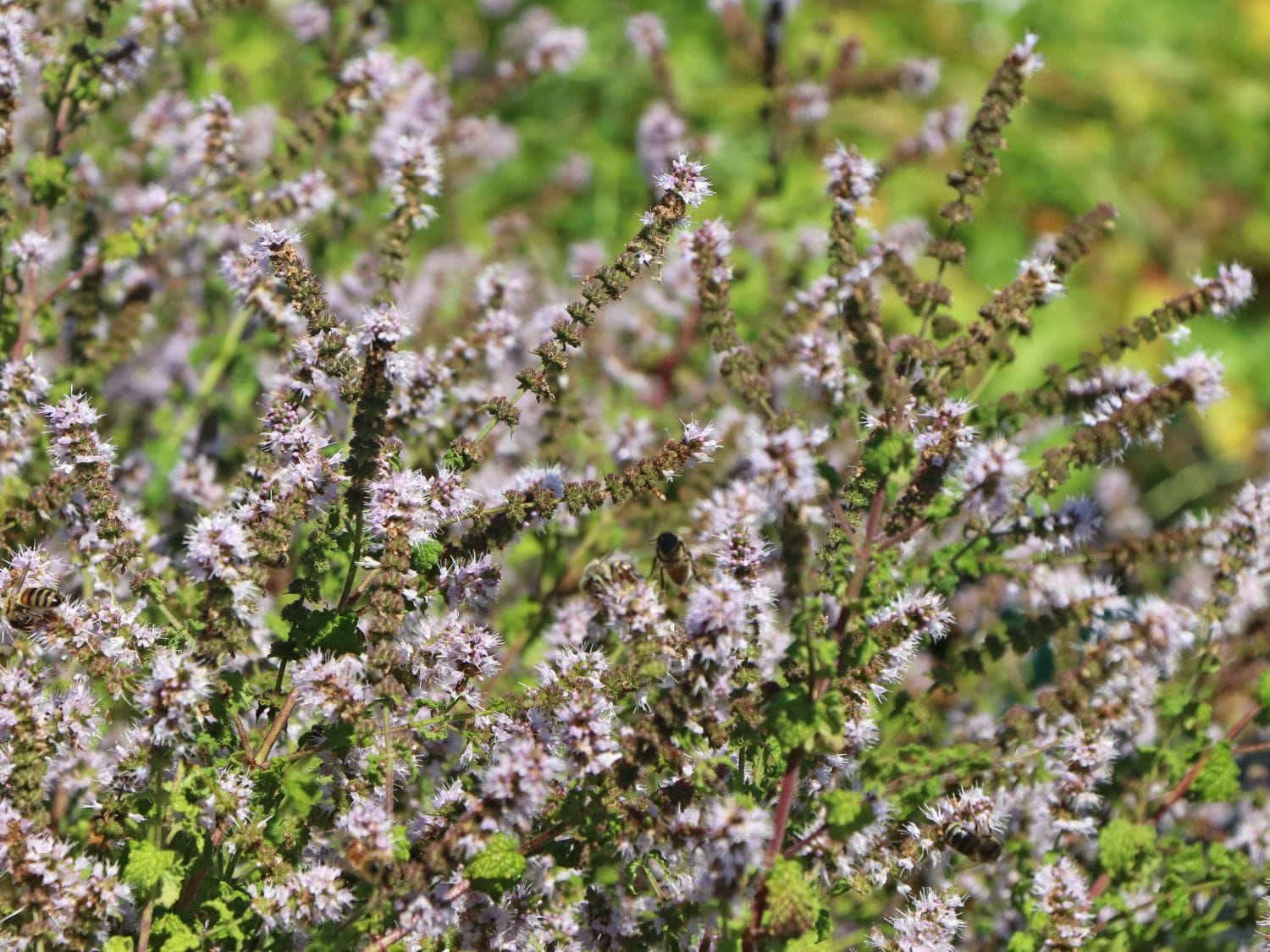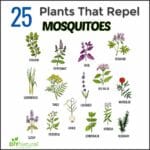Mint. The very word evokes a refreshing scent and a cool, invigorating sensation. But there’s a world of mint beyond the familiar spearmint and peppermint. This guide dives into the fascinating world of Mentha varieties, exploring their unique characteristics, cultivation, and diverse uses.
Discovering the Diversity of Mint
Beyond the classic spearmint and peppermint, the Mentha genus boasts a stunning array of flavors and aromas. From the sweet, fruity notes of apple mint and banana mint to the zesty burst of grapefruit mint and the surprising hint of chocolate in chocolate mint, each variety offers a unique sensory experience. This diversity stems from the plant’s remarkable ability to hybridize, creating new and exciting combinations.
Cultivating Your Own Mint Garden
Growing mint is surprisingly simple, even for beginners. Most Mentha varieties thrive in partial to full sun but tolerate some shade. They prefer consistently moist, well-draining soil. Soggy roots can lead to problems, so proper drainage is essential. Propagation is easy, typically through cuttings, runners, or by dividing established plants. To prevent mint from spreading aggressively, consider growing it in containers – a perfect solution for patios, balconies, or smaller gardens. This practice may be particularly beneficial in smaller garden spaces where controlling the spread of plants is essential.
Mint in the Culinary World
Mint is a versatile culinary herb, far more than just a garnish. Spearmint brightens salads and savory dishes, while peppermint adds a refreshing zing to desserts and chocolates. Watermint, with its robust flavor, is a staple in Middle Eastern cuisine. For a unique twist, try apple mint in fruit salads or summer beverages. From the classic mojito to innovative culinary creations, the possibilities are endless! For those interested in exploring the world of homemade beverages, mint can be a delightful addition to wines, such as muscadine wine, adding a refreshing herbaceous note.
Mint for Health and Wellness
Mint has a long history of use in traditional medicine. Peppermint, for example, is known for its potential to soothe digestive issues and promote relaxation. Some people find it helpful for headaches as well. Other varieties, like pennyroyal, have also been used traditionally for medicinal purposes. However, it’s crucial to remember that pennyroyal can be toxic in large doses. Consult a healthcare professional before using it or any other mint for therapeutic purposes. Ongoing research continues to explore the potential health benefits of various mint varieties.
The Aromatic Allure of Mint
The captivating scents of mint extend beyond the garden. Essential oils derived from Mentha varieties are popular in aromatherapy and are believed to offer various benefits, from stress reduction to improved focus. Some studies suggest that inhaling peppermint oil may boost energy levels and enhance athletic performance. While research is ongoing, the aromatic properties of mint add another dimension to its versatility.
A Closer Look at Mentha Varieties
| Variety | Flavor Profile | Uses |
|---|---|---|
| Spearmint | Classic, sweet, slightly minty | Beverages, culinary, personal care products |
| Peppermint | Strong, menthol, cooling | Culinary, confections, teas, medicinal, aromatherapy |
| Watermint | Robust, pungent | Culinary, particularly in Middle Eastern cuisine |
| Apple Mint | Sweet, fruity, apple-like | Culinary, salads, fruit dishes, beverages |
| Pennyroyal | Strong, pungent | Traditional medicine (Caution: Toxic in large doses – consult a healthcare professional before use) |
| Mojito Mint | Similar to spearmint, sweeter | Cocktails, particularly mojitos |
| Banana Mint | Fruity, banana-like | Culinary, desserts, beverages |
| Grapefruit Mint | Citrusy, refreshing | Culinary, cocktails, beverages |
| Chocolate Mint | Hints of chocolate, minty | Culinary, desserts, beverages |
| Moroccan Mint | Crisp, pungent, slightly sweet | Culinary, traditionally used for Moroccan tea |
Exploring the Vast World of Mentha Species
The Mentha genus encompasses an estimated 7,500+ named varieties, a testament to its remarkable ability to hybridize. This ongoing natural crossbreeding makes it challenging to determine the exact number of distinct Mentha species. Experts estimate somewhere between 13 and 24 true species, but this number remains a topic of ongoing research.
Popular Mentha Varieties
Several Mentha species and cultivars have gained widespread popularity:
- Spearmint (Mentha spicata): A classic choice with a sweet, slightly minty flavor, less intense than peppermint.
- Peppermint (Mentha x piperita): A hybrid mint known for its strong menthol flavor, commonly used in confections, teas, and other applications.
- Watermint (Mentha aquatica): As the name suggests, this mint thrives near water and possesses a robust flavor, often featured in Middle Eastern cuisine.
- Apple mint (Mentha suaveolens): Recognizable by its fuzzy leaves, apple mint offers a milder flavor and a delightful apple-like aroma.
- Pennyroyal (Mentha pulegium): Characterized by its strong scent, pennyroyal has a history of use in traditional medicine. However, caution is advised, as it can be toxic in large doses. Always consult a healthcare professional before using pennyroyal for any therapeutic purpose.
These are just a few examples of the diverse Mentha family. Other notable varieties include Mojito mint (Mentha nemorosa syn. Mentha x villosa), Banana mint (Mentha arvensis ‘Banana’), Grapefruit mint (Mentha x piperita f. citrata ‘Grapefruit’), Chocolate mint (Mentha x piperita f. citrata ‘Chocolate’), and Moroccan mint (Mentha spicata var. crispa ‘Moroccan’).
The Most Aromatic Mint for Pots
For those seeking potent fragrance in a container garden, several Mentha varieties stand out. Orange Peppermint, Curly Mint, and Peppermint are generally considered top contenders, each offering a unique and intense aroma. While other mints like Apple Mint, Banana Mint, and Grapefruit Mint also possess appealing scents, these three are likely to deliver the strongest fragrance in a pot. Remember that the perceived intensity of scent can be subjective, and ongoing research may reveal further insights into the aromatic properties of different mint varieties.
To maximize the fragrance of your potted mint, provide regular watering, well-drained soil, and appropriate sunlight (partial shade or full sun depending on the variety). Regular pruning encourages bushier growth and amplifies the aroma. A monthly dose of fertilizer during the growing season supports healthy growth. As your mint plant matures, repot it into a larger container to accommodate its expanding root system. Using pots effectively controls the spread of this vigorous plant, allowing you to enjoy its refreshing fragrance without it taking over your garden. Consider adding mulch to your potted mint to help retain moisture, but be sure to choose the right amount. Knowing how much a yard of mulch weighs can be helpful in determining the appropriate quantity for your containers.
Whether you’re a seasoned gardener, a culinary enthusiast, or simply appreciate the refreshing qualities of mint, exploring the diverse world of Mentha offers a rewarding experience. From classic flavors to unique discoveries, there’s a mint variety to suit every palate and purpose.
- Unlock 6000+ words beginning with he: A comprehensive analysis - April 20, 2025
- Mastering -al Words: A Complete Guide - April 20, 2025
- Master Scrabble: High-Scoring BAR Words Now - April 20, 2025

















1 thought on “A Comprehensive Guide to Growing and Using Mentha Varieties”
Comments are closed.